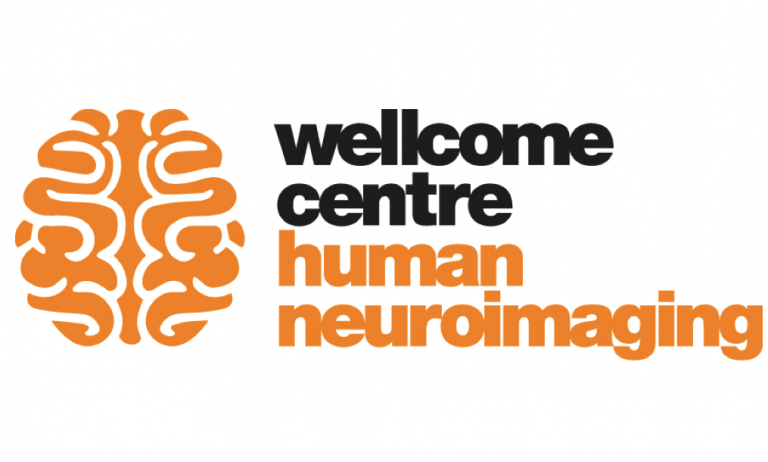Brain meeting: Talfan Evans
15 February 2019, 3:15 pm–4:15 pm

Online and offline spatial inference by place and grid cells
This event is free.
Event Information
Open to
- All
Cost
- Free
Organiser
-
Sam Ereira, Nadine Graedel and Dina Spano
Location
-
4th floor seminar room, WCHN12 Queen SquareQueen SquareLondonWC1N 3ARUnited Kingdom
Brain meeting
Effective navigation can rely on two sources of information. Firstly, unique sensory inputs may indicate absolute position in space. Secondly, path integration (PI) can be used to update a previous estimate by integrating perceived movement. An optimal system performing spatial localization would treat these sources of information as complementary. In general, simultaneously localizing and mapping (SLAM) under uncertainty requires one to maintain a probability distribution over possible states, given previous observations and movements. Neurobiologically, entorhinal grid cells (GC) are thought to perform PI and represent a metric map of space, whereas hippocampal place cells (PC) are thought to be driven predominantly by sensory cues.
Here, we present a novel algorithmic and mechanistic account of probabilistic spatial localization and mapping, mediated by grid and place cells. Firstly, GCs represent arbitrary belief distributions over the current location in their population firing rates, but nonetheless show ‘attractor-like’ dynamics in their relative spatial phases. Secondly, our simple model predicts characteristic distortions to the grid pattern, which are confirmed by a novel re-analysis of existing data. These distortions are interpreted as a salience-driven warping of the metric cognitive map.
Thirdly, we show that place and grid cells could perform inference over the map structure via an ‘offline’ message passing process, which generates sequential reactivations of place and grid cells resembling those observed during coordinated hippocampal/entorhinal replay. Our model poses this hypothesis on both an algorithmic and neural level.
The overall framework proposes a dual-systems theory of spatial localization and learning in rodents. Under low computational demand, an ‘online’ system may support cheap and efficient localization and simple learning. However, prediction errors trigger an offline inference process in more demanding or dynamic environments, requiring reactivation of place-cells with non-local field locations.
There will be coffee, tea and cake in the conservatory directly after the talk.
About the Speaker
Talfan Evans
at UCL ICN
 Close
Close

